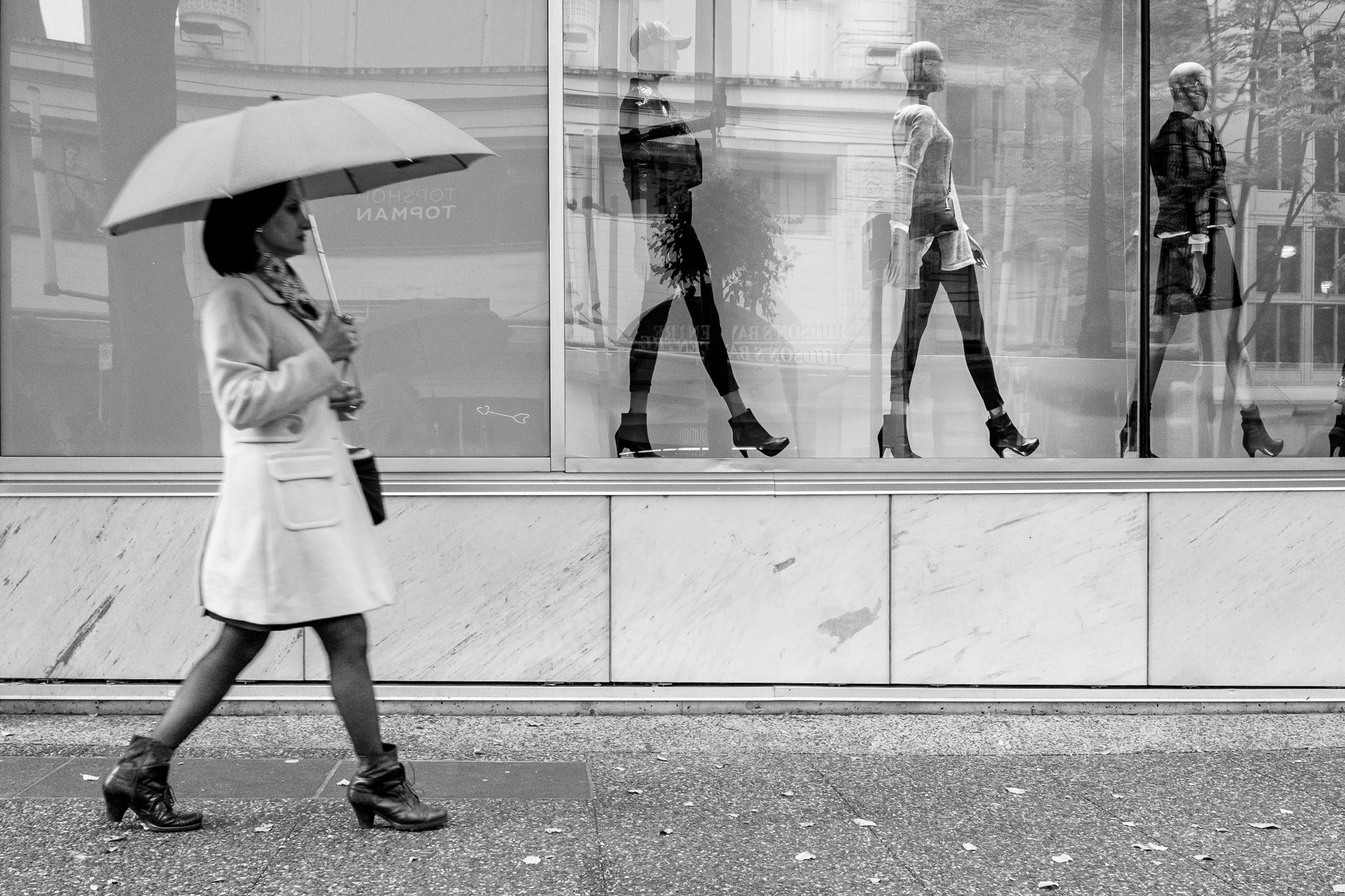About Framing Streets
Some Ideas on Framing Streets You Need To Know
Table of ContentsWhat Does Framing Streets Do?Not known Facts About Framing StreetsSome Known Details About Framing Streets Unknown Facts About Framing Streets

Both at the Gallery of Modern Art (Mo, MA). Inspired by Frank, in the 1960s Garry Winogrand, Lee Friedlander and Joel Meyerowitz began photographing on the roads of New York. Phil Coomes, composing for BBC News in 2013, said "For those people interested in street digital photography there are a couple of names that attract attention and one of those is Garry Winogrand"; doubter Sean O'Hagan, composing in in 2014, said "In the 1960s and 70s, he specified street digital photography as a perspective as well as a style and it has laboured in his darkness since, so clear-cut are his photos of New York." Returning to the UK in 1965 from the United States where he had actually satisfied Winogrand and embraced road digital photography, Tony Ray-Jones transformed a wry eye on frequently surreal collections of British individuals on their vacations or joining events.
Road digital photography is a substantial genre that can be defined in several ways, however it is frequently defined by the spontaneous catching of an unrepeatable, fleeting minute, commonly of the daily going-ons of unfamiliar people. It is classically fired with broader angle lenses (e. g. 35mm) and generally features urban atmospheres.
Framing Streets - An Overview
Documentary digital photographers typically have a defined, premeditated message and an intention to record particular events in background (https://framingstreets1.wordpress.com/2024/01/10/framing-streets-exploring-life-through-street-photography/). The range of the docudrama strategy includes elements of journalism, art, education, sociology and history. In social investigation, documentary pictures are commonly planned to provoke, or to highlight the need for, societal change
Street photography is generally viewed as unposed and honest, yet there are a couple of street digital photographers that engage with unfamiliar people on the streets and take their portraits. Road pictures are unintended pictures taken of unfamiliar people while out doing street photography, nonetheless they are viewed as posed since there is communication with the subject.
Photographing people and places in public is legal in most nations safeguarding freedom of expression and journalistic flexibility. There are typically limitations on how photos of go to the website people may be made use of and most countries have details regulations concerning people's personal privacy.
Facts About Framing Streets Uncovered
While the common-law districts follow the UK, with respect to the freedom to take photos in a public area, Quebec legislation supplies that, in the majority of situations, their publication can occur only with the approval of the subjects therein. The European Union's Civil rights Act 1998, which all EU nations have to maintain in their residential regulation, develops in a right to personal privacy. Of freedom of expression. While additionally limiting digital photography in order to secure personal privacy rights, street digital photography can still be legal in France when gone after as an art type under specific scenarios.

. that just strayed right into a scene), or that are not also identifiable in the photo. https://framingstreets1.carrd.co/. It additionally does not generally include people who are public figures (e. g - Street photography. politicians or celebrities). If a photo is considered art, the courts will likewise think about the professional photographer's freedom of creative expression; implying that "artful" road photography can still be lawfully published in specific instances
The Greatest Guide To Framing Streets
Photographing the authorities and publishing the photographs is likewise lawful.
In Hungary, from 15 March 2014 any individual taking pictures is practically damaging the law if someone wanders right into shot, under a brand-new civil code that outlaws taking pictures without the permission of everybody in the photo - Best Zoom Lens. This increases the legislation on authorization to include the taking of pictures, along with their magazine
'Surprise digital photography' (kakushidori hidden, surreptitious photography) 'swiped digital photography' (nusumitori without purpose of obtaining consent) and "quick photography' (hayayori before approval and rejection can be offered) are prohibited unless in the former consent is obtained from the subject immediately after taking the image. People have rights to their photos (shzken, droit de photo).